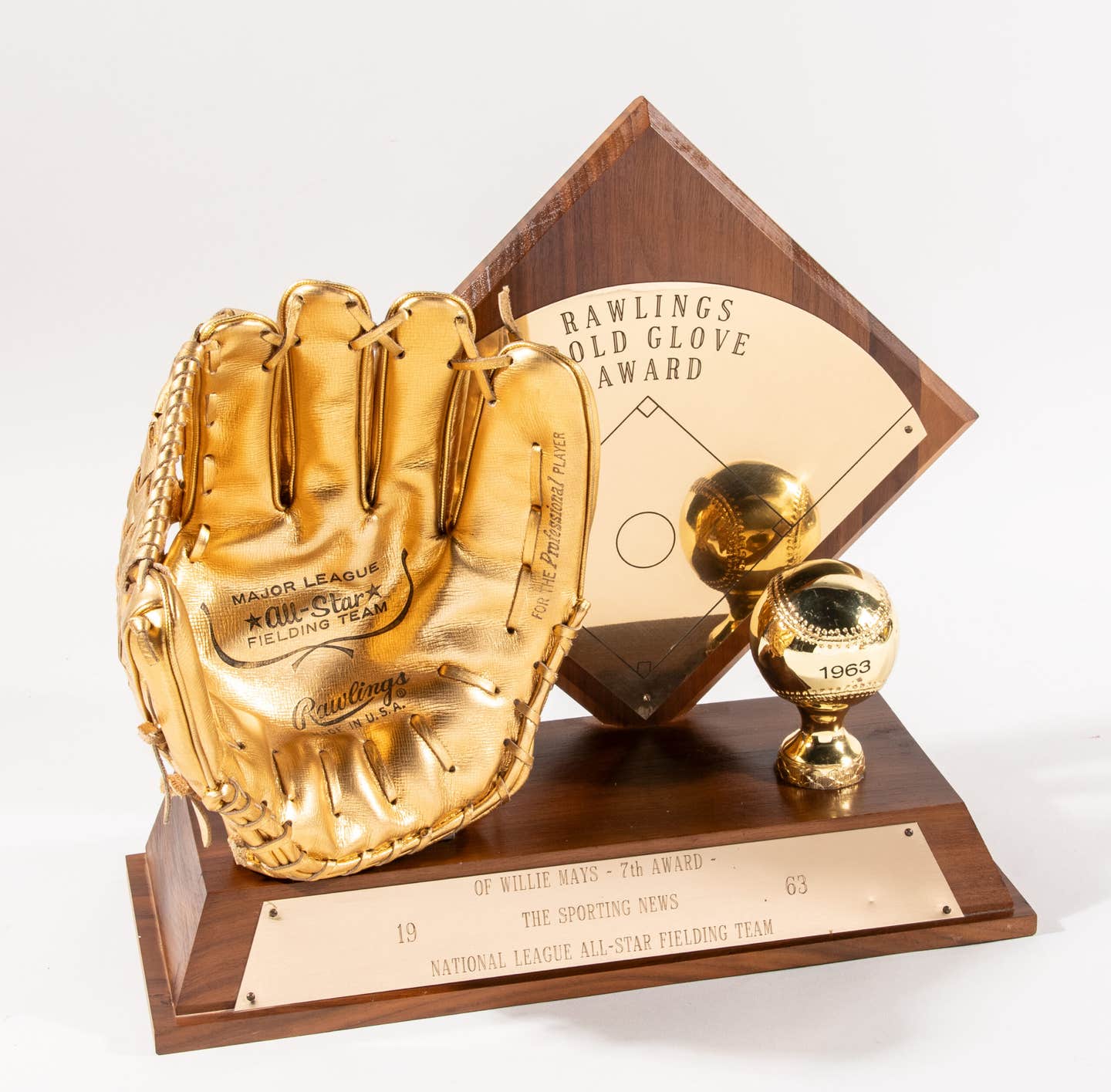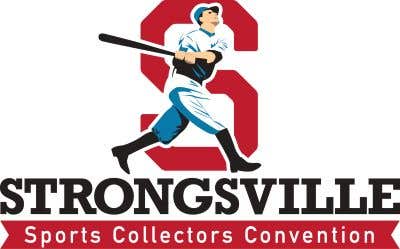Collecting 101
Seven tips to help collectors steer clear of fakes
For the first time since we've become active in the collectible field of vintage retail or store-issued baseball gloves, the hobby has been inundated with fake autographed gloves.
More than three dozen of these items showed up in a collection of Chicago White Sox team and Nellie Fox materials and they all arrived from the same source, a Midwest glove repairman and collector. He denied altering the gloves he sold, saying that he found them in his trailer in bags after collecting hundreds of gloves over the years.
The vast majority of these gloves that he sold the White Sox collector have never been reported as to have ever been found anywhere. Glove expert Dave Bushing and long-time glove collector Don Millington, along with glove company officials Bob Clevenhagen of Rawlings and Bob Storey of Nocona, have all examined some or all of the gloves in the collection and the overwhelming consensus was that the autographs of these players are bogus and were probably created from signatures of the players found on the Internet.
They estimated that the gloves were turned into die plates for burning into the already existing gloves, with several telltale signs that the signatures were stamped into the otherwise blank (no signature) gloves long after they were made.
These included names like Larry Doby, Floyd Robinson, Mike Fornieles, Virgil Trucks, Cass Michaels, Ken Berry, Boby Boyd, Sam Dente, Hank Majeski, Luis Aloma, Jim McAnany, Harry Simpson, and others.
It is feared that the repairman, who admitted as much, has sold similar gloves to other collectors. In an effort to discern the fake signature gloves, we are offering ways to detect gloves of those who may suspect their gloves have been altered with bogus signatures:
1. Find out if the name on your gloves has ever appeared before. This can be done through the Player Autograph Baseball Glove Finder book or Glove Catalog Source Book produced by the Glove Collector or by contacting at www.mearsonline.com.
2. Check the alignment of the signature and compare it to the rest of the original stamping (which might say a variety of things such as: Professional, Autograph, Genuine Cowhide, etc.). See if these are in close proximity to the signature and if they are aligned or straightened to the signature.
Also check the spacing between the first and last names. As was the case of the White Sox fakes, some of the first and last signature names appeared too far apart to be normal autographs used by glove companies in original stamping. Sometimes the fake signatures will be too close to lacing holes and this doesn't occur with originally factory-stamped gloves.
3. If possible, get a comparison of the signature of your glove with other known gloves of the same brand and player. On the White Sox gloves, the Wilson Nelson Fox "faked" signature on the Wilson A2121 did not match the other Wilson Nelson Fox signatures from the rest of the White Sox collector's Wilson Fox gloves.
4. Try to find out if the glove model number that your suspected false signature is on has been found and reported with a signature before. In the situation on the Nelson Fox glove, the Wilson A2121 owned by this and other collectors did not bear the Fox signature.
Also, on another glove, the same Sonnett "Lightning" model owned by another collector did not bear the name of Dick Donovan, which had showed up on one of the White Sox faked gloves. For several of the other glove brands seen and noted by other collectors, none bore player autographs that were found in the White Sox group, such as the Andias, the Hollanders and the George A. Reach gloves.
5. Silver and gold ink "enhancement" were applied to doctor the signatures on the White Sox gloves. This often covered up or obscured the "applied" new signature and was a weak attempt to make the glove look as though it was originally stamped that way. With this silver and gold inking there was unevenness, bleeding beyond the signature and often lumpy ink.
6. Under a magnifying glass you will see pressure points or punctures and these will appear at various points on the faked signatures. You will not see these punctures on original factory stamping. Original factory stamping is made on gloves before they are made on a flat, heat-stamping machine.
7. A smudged or light-screened area in black will be near or will surround the signature. Both Clevenhagen and Storey pointed out this problem with the White Sox fakes. This was caused when the signature heat-stamped die was pressed onto the curved or uneven surface of the glove. This was present on a majority of the White Sox gloves and doesn't occur when the glove company originally makes the stamp.
While I have seen earlier attempts at this sort of fake signature before on Napoleon Lajoie and Joe Jackson gloves, it has been very limited in the past 17 years and usually attempted on prestigious players of the early 1900s where these players were not known to have signature-endorsed gloves.
Another problem I've seen on gloves sold on eBay, are signatures that are enhanced with gold or silver paint pens. In other words, the original signature is there but has been either sprayed or inked in to give it a stronger appearance. Often the gold or silver will be outside the signature line or gold or silver residue will show outside the signature area.
If you have doubts about your glove, again, you may contact me at www.mearsonline.com to see whether or not your suspected glove may have been reported before as an original-signature glove.








